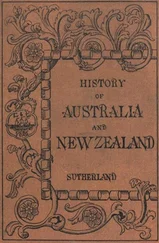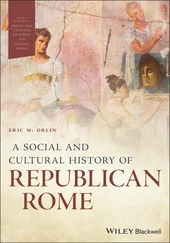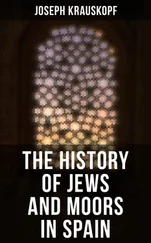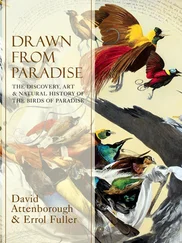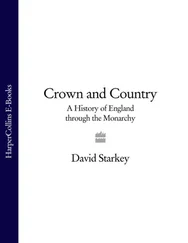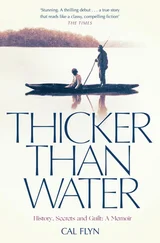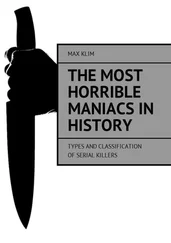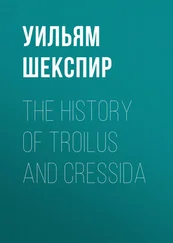2. Answer the following questions:
1) What is a “historical document”?
2) What types of documents are mentioned in the text? Can you think of any more?
3) What details are scientists usually interested in?
4) What do these details help scientists understand?
5) What documents will become valuable in the future?
6) Why will documents be lost?
7) In what way do governments try to store and increase the number of documents?
3. Match the words on the left with their definitions on the right.

4. Fill in the gaps with the words given in the box:

1) Most daily _____________s will not publish anonymous letters to the editor.
2) Historical _____________s describe the young princess as exceedingly tall, thin, and plain, but with a generous nature.
3) You can ask the children to create a different ending to the story or draw different ____________s to illustrate what they have read.
4) All citizens are equal before the _______________.
5) As written _____________s developed, they also used wooden writing boards and wax tablets for work which was not intended to be permanent.
6) Richmond Police are sending warning _____________s to parents of children caught buying or attempting to buy alcohol.
7) When an agreement is reached with the owner, a private _____________ is written and signed.
5. Find out what functions these people do:

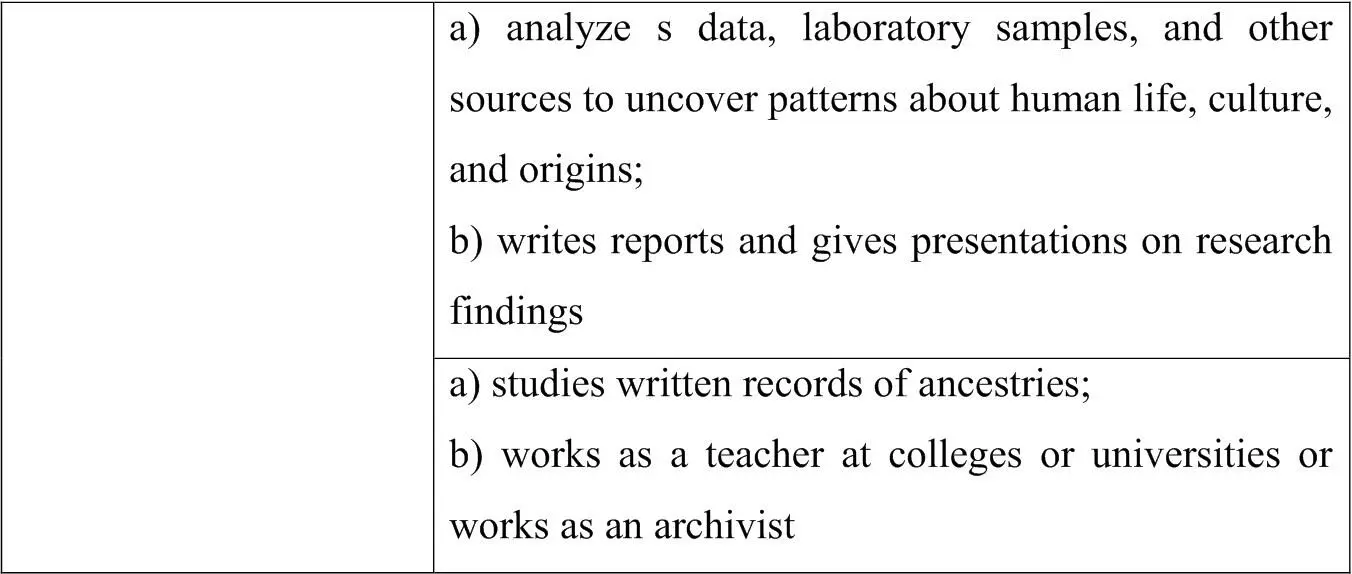
Text 2. Four Types of Historical Documents
Read the text and do the tasks after it.
Historical documents are papers that contain important information about a country's people, laws or policies. For example, the U.S. Constitution is a historical document, and so are the birth and death certificates and military records of the country's people. Anthropologists and historians are interested in such papers, and the documents also help people research their ancestry. These are the four types of historical documents.
Political Documents. Political papers that are considered historical documents include the officially signed copy of the U.S. Declaration of Independence, U.S. Constitution and U.S. Bill of Rights. These historical documents are preserved at the offices of the National Archives and Records Administration in Maryland. Under the Freedom of Information Act, they are generally accessible to anyone.
Vital Records. Birth, marriage and death certificates are historical documents and usually are referred to as vital records. They provide people with genealogy information, such as when their ancestors were born, married or died and even cause of death. Vital records are valuable for people who are interested in reviewing or discovering their ancestry.
Census Records. Information from the first U.S. Census, which was in 1790, is available from various sources, including the offices of the National Archives and Records Administration. The United States takes a census every 10 years; the census provides information on population numbers and growth and people's birthplace, age, street address and occupation, among other details. The data is helpful to track ancestors and to confirm information. It also is necessary for government records.
Military Records. Military personnel records are historical documents, too. They contain information about when soldiers, marines and other military personnel members enlisted, their training or qualifications, whether or not they were disciplined and/or awarded medals and their discharge or retirement information. The records include additional information, too.
(Abridged from the original texts provided by http://www.ehow.com)
1. Answer the following questions:
1) What information is given in historical documents?
2) How can historical documents help scientists?
3) What political documents are mentioned in the text? Can you give more examples of political documents?
4) What type of information do vital records provide people with?
5) Who can find vital records important?
6) How often does the United States take a census?
7) What information does a census usually contain?
8) What data can be found in military records?
2. Match the words on the left with their definitions on the right:
3. Find the words in the text for the definitions given below:
1) ____________ advanced and detailed study of a subject, so as to learn new facts.
2) ____________ a person`s ancestors considered as a group.
3) ____________ to keep something in good condition for a long time by some special treatment.
4) ____________ worth a lot of money or very useful.
5) ____________ any thing or place from which something comes, arises, or is obtained; origin.
6) ___________ to enter the armed forces or a course of study.
7) ___________ the separation of a person from military service.
8) ___________ the act of leaving one`s job, career, or occupation permanently, usually because of age.
4. Give Russian equivalents for the following word combinations and pay attention to the use of prepositions:
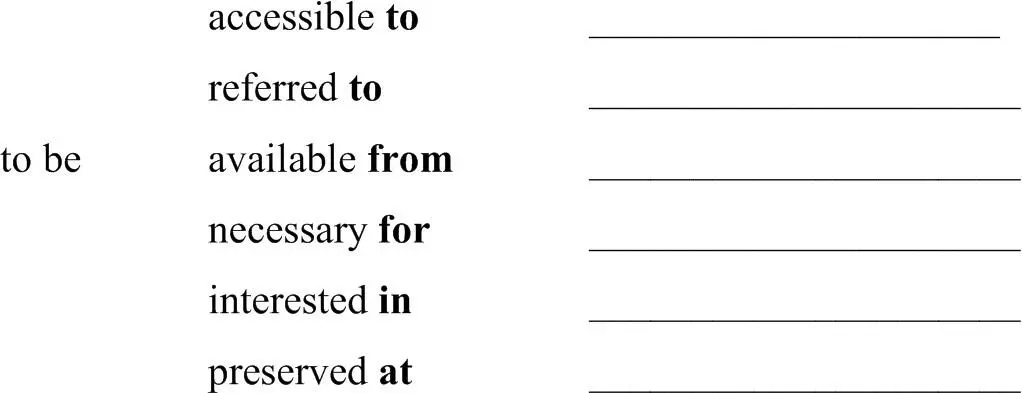
Text 3. How to analyze a historical document
1. Study the following words and phrases:
2. Read the text and choose the most suitable heading from the list A-H for each part of the text:
AEvaluate whether the information in the document is primary or secondary information.
BCompare the document to others of the same type from the same location and era.
CDetermine what type of document you are analyzing.
DLearn whether your document is an original.
EConsider why the document was created.
FFamiliarize yourself with the handwriting of the time and place from which your document originates.
GDetermine who authored the document, and who may have contributed information.
HConsider the era in which the document was created.
How to analyze a historical document
Historians and genealogists often use old documents to gather information about the past. Evaluating old records is an effective way to learn about the past, and it's often one of the first skills historians and genealogists learn. Here are some tips for how to analyze a historical document.
1 _______________You might be looking at a will, a pension file, an obituary, a news article, or any number of other document types. Knowing what you're looking at helps you develop an approach for handling the information the document contains. For an obituary, for example, you will want to find out whether the item appeared in a newspaper or a different publication, whether it was written by the publication's staff or a paid placement, and whether there were other newspapers in the same time and place that might cover the same person differently. For a military pension file, you'll want to find out up front which side of a war the soldier served on, since that will have a significant impact on the breadth and depth of the materials you should expect to find in the file. Understanding the background behind the document before you begin to work with it will enhance your ability to extract useful information in your analysis.
Читать дальше






